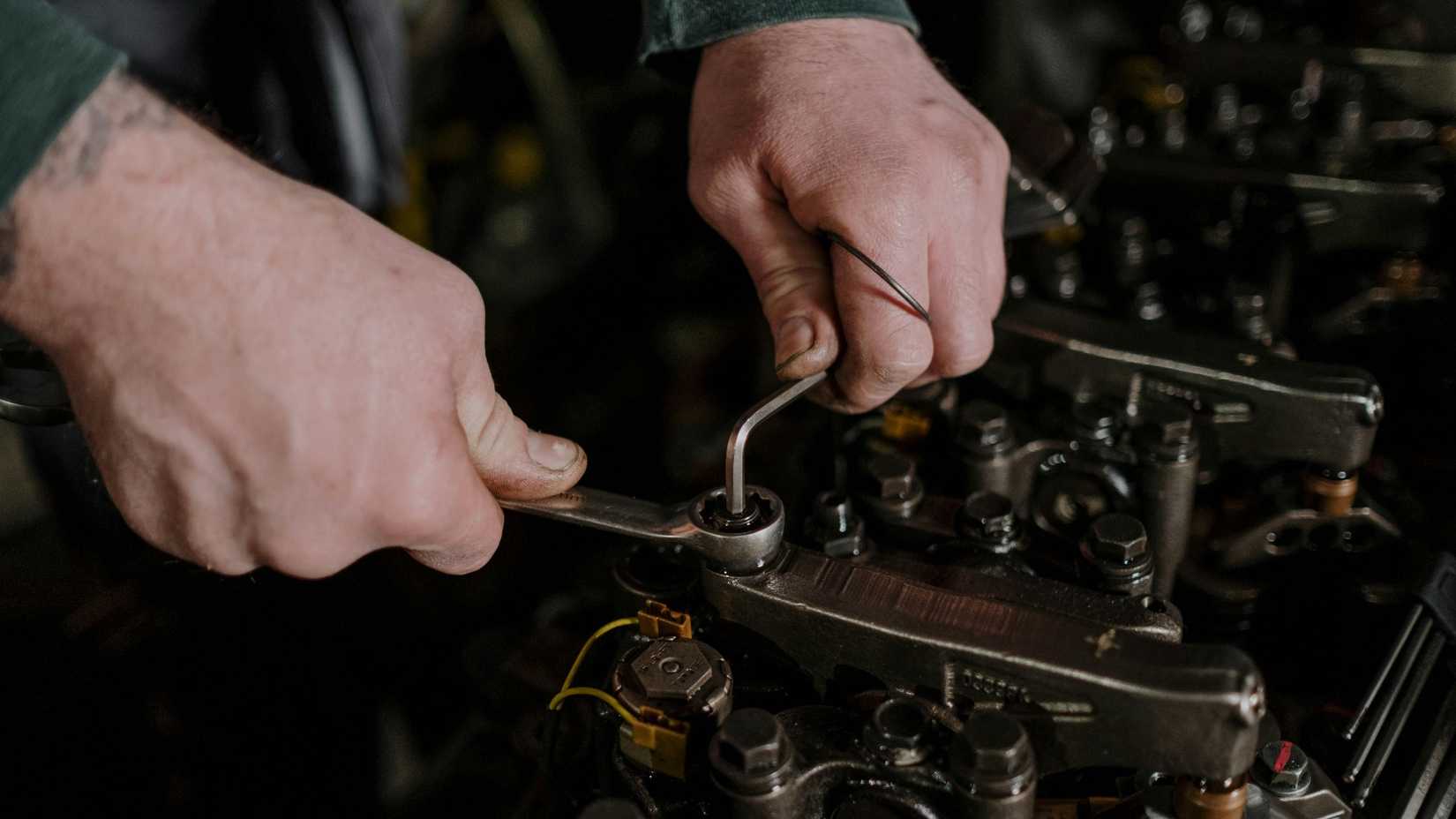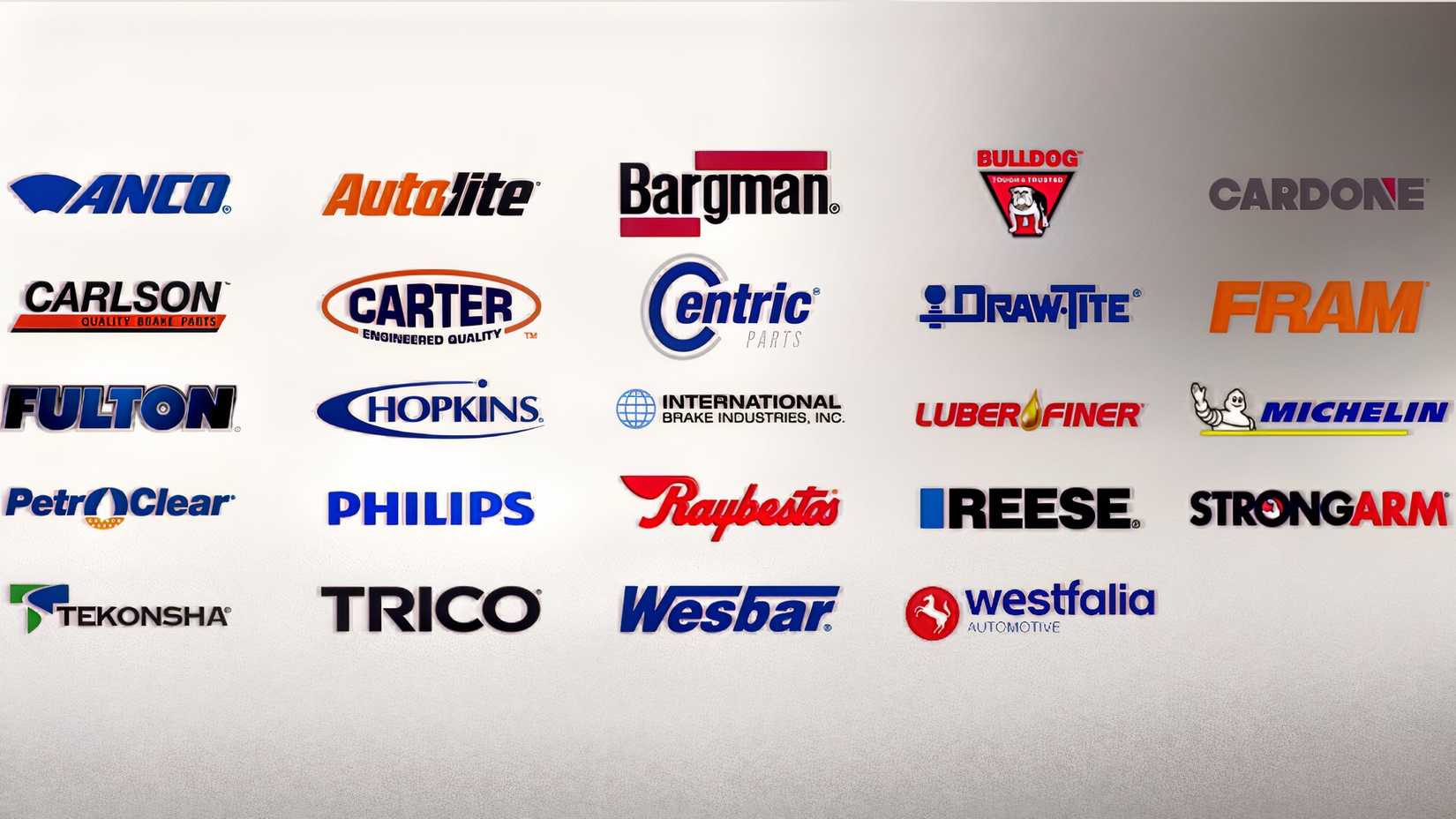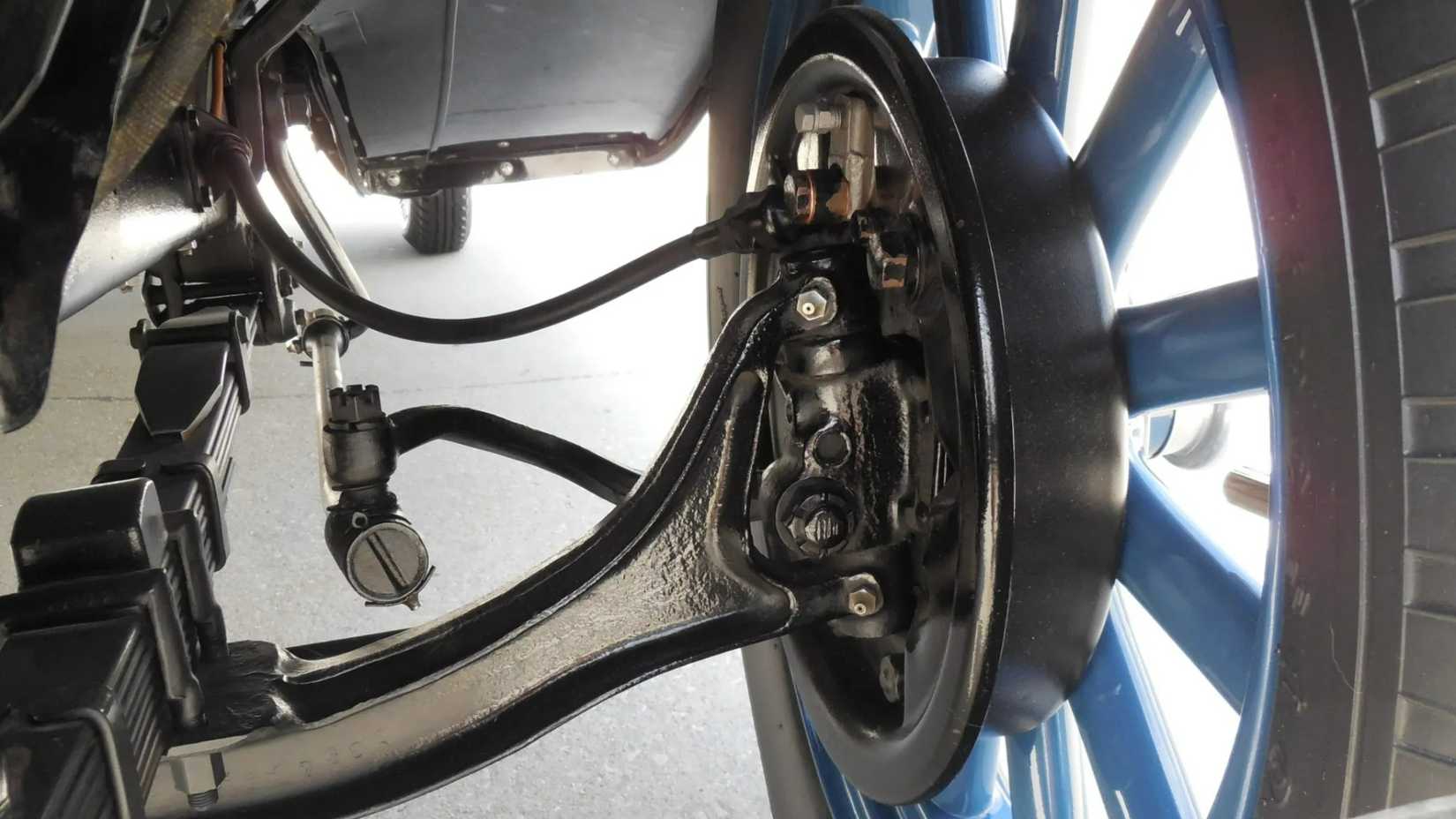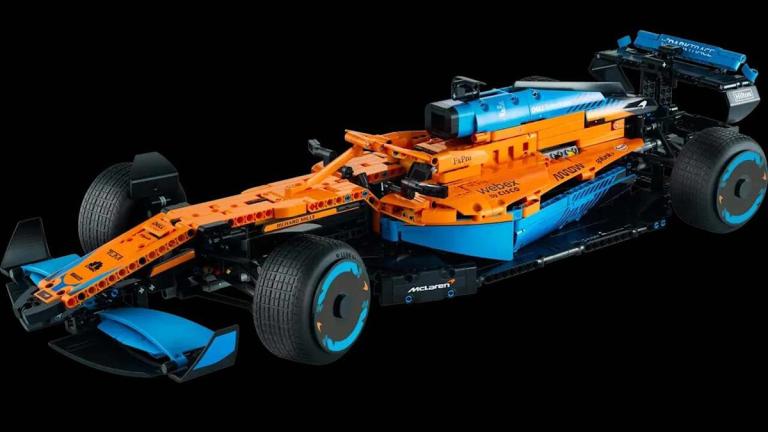
The First Brands bankruptcy announcement surprised pretty much everyone not directly in the loop about the conglomerate’s financial standing. Most people didn’t even know First Brands existed until this news came out, but just about everyone recognizes at least one company in its aftermarket auto parts portfolio. If things go south, it could have a big impact on the world of auto repair. And as more information filters out, it sounds like the road to recovery will be extremely difficult, if it’s even possible.
A recent report from Automotive News sheds extra light on the situation. In short, First Brands owes billions and the severity of the situation wasn’t known until early September. In the few weeks since then, there’s been a mad rush to try and keep the company afloat, and it’s pushed lenders to take some risky steps.
Dumping $1.1 Billion Into “A Black Box”
We won’t spend time crunching all the numbers, because there are a lot of numbers in this situation – and most are followed by a train of zeroes. The biggest number is $10 billion, which we mentioned in our original First Brands post reporting the bankruptcy. That’s the total liabilities the company has, but creditors are trying to restructure $6 billion in debt. Apparently, the situation was so dire that the lending group involved in the case put together an emergency $1.1 billion loan just to prevent an imminent collapse. Yikes.
Not only that, it needed to happen quickly. According to the report, the lending group couldn’t conduct anywhere near the due diligence normally required for such a situation. Lawyer Scott Greenberg, working for the lending group, likened it to funding a “black box.” Without this billion-dollar adrenaline shot, the company would’ve had no choice but to liquidate its assets.
“It’s a true rescue facility negotiated under extreme pressure with our clients bearing out-sized risk,” Greenberg said, per the report.
Investigations, Lawsuits, More Questions Than Answers
To further complicate the issue, First Brands is being investigated for whether the same invoices were pledged multiple times. As reported by The Financial Times, a review of the company’s records shows there may have been some blending – commingled in this case – of debt collateral. Aside from invoices, the report alleges that inventory may have also been used in a similar manner, basically serving as collateral to multiple debt companies.
And then there’s the owner of First Brands Group, Patrick James, who allegedly faced lawsuits in the past from lenders, all apparently related to fraudulent conduct. Those cases were settled and dismissed, and it’s worth noting that James isn’t presently under any investigation regarding the current bankruptcy. But his company sure is in a heap of trouble.
What Is First Brands Group?
In 2016, Ohio-based Crowne Group acquired Trico, best known for windshield wipers. More acquisitions followed, and in 2020, James rechristened the company as First Brands Group. Per the group’s website, there are presently 24 automotive-related companies under the First Brands umbrella. Arguably the best-known among them are Fram oil filters, Anco wiper blades, and Philips lighting. You’ll typically find these products in every department store with an automotive section, never mind auto parts stores.
Lesser known but perhaps more critical in terms of automotive repair are Cardone, Carter, Raybestos, and International Brake Industries (IBI). Cardone and Carter offer a wide range of new and remanufactured products like throttle bodies, steering components, sensors, water pumps, and much more. Raybestos and IBI deal with all kinds of components for brake systems. These are all common parts available through auto parts stores and widely used by independent repair shops.
If your car is 10 years old, odds are good that parts from these companies are already on there. And they were probably half the cost of original equipment parts sold through dealerships.
What Happens Now?
Should First Brands Group completely fail, the fate of all these companies is completely unknown. Given their size, it’s logical that some (if not most) would be purchased by another entity. At the very least, prices for aftermarket parts in general would likely go up. At worst, it could get tough finding parts to keep that older car of yours on the road. In some cases, aftermarket is the only option as OEM parts become discontinued.
In any case, the coming weeks could get dicey for the people and places that rely on these companies for the parts they need, not to mention the 26,000 employees working for all these brands.
Source: Automotive News, Financial Times






